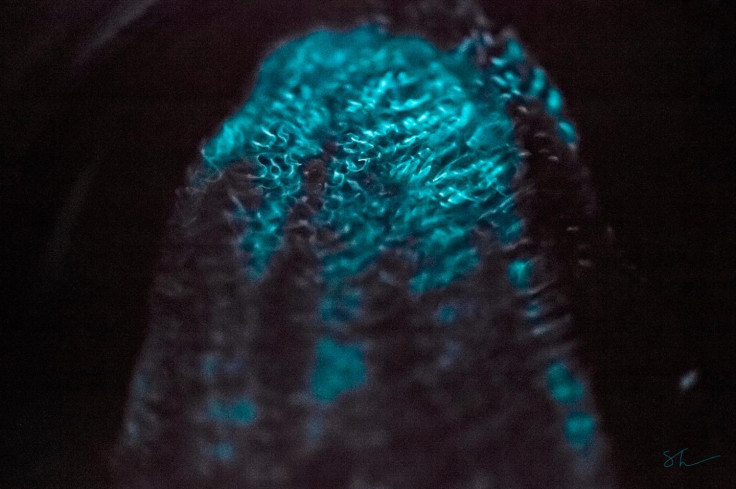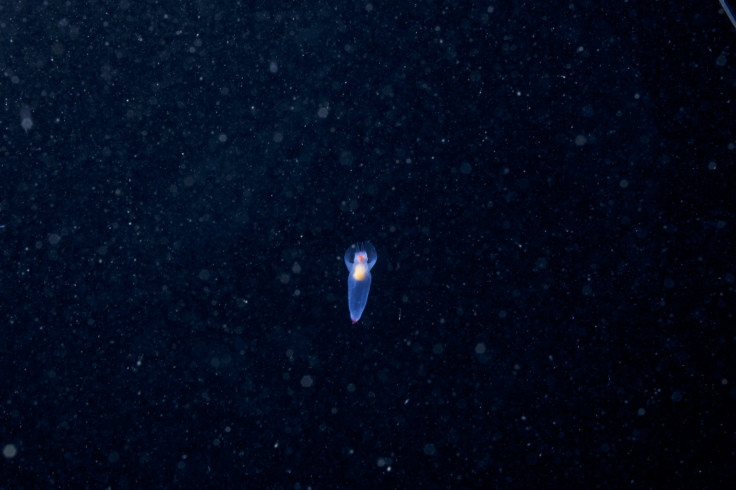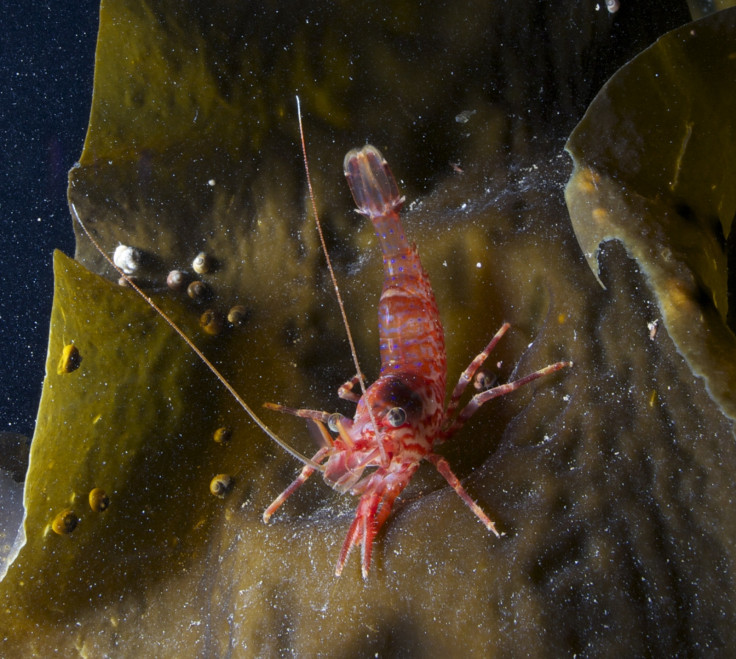Arctic sea creatures get over the winter blues by making their own light
The Arctic sea is bright with glowing zooplankton, helping them make it through the dark winter.

In the polar winter darkness, 100ft below the surface of the Arctic sea, the water has been found to be alive with light and activity, adding to evidence that the polar underwater winter is nowhere near as dormant as previously thought.
At this depth there is plenty of light but it's not from the sun: bioluminescent zooplankton light up the water instead. The depth of 100ft has been identified as a crucial zone for organisms that have evolved to glow, according to research published in Scientific Reports.
"It turns out that approximately 100ft in depth is an important transition zone," says paper co-author Jonathan Cohen of the College of Earth, Ocean, and Environment at the University of Delaware.
This glowing, or bioluminescence, could be an important survival strategy for organisms to survive the cold, dark polar winter, Cohen says, helping them to hunt and find food through the darkest months.
To measure how bright the organisms were and which ones were glowing, the team used a pumping system to catch organisms in a device with a sensitive light meter.

"Luminescent marine organisms each have a unique light signature. By looking at the time series light generated by a flash within the instrument, we were able to determine who was there making the flash," Cohen says.
From their map of which species lived at different depths under the surface of the sea, the team found that the further down you go, the more the water was lit-up with bioluminescence. "As you go deeper into the water, we saw fewer dinoflagellates and more copepods, krill and ctenophores, which give off brighter bioluminescent light," Cohen says.
The researchers say that the greater levels of bioluminescence and greater depths is a way to compensate for the lack of light coming down from above. But equally, bioluminescent organisms had to retreat lower in the water column during the short Arctic winter daytime in order to avoid predators spotting them from above.

"We know from analysis of gut contents that fish and seabirds are active and feeding in Svalbard fjords during polar night," Cohen says. "Our research suggests that bioluminescent light may be one of the ways that they find food in the dark."
The team from Delaware has been studying how organisms cope with the continuous winter darkness in Svalbard, Norway since 2012.

© Copyright IBTimes 2025. All rights reserved.






















